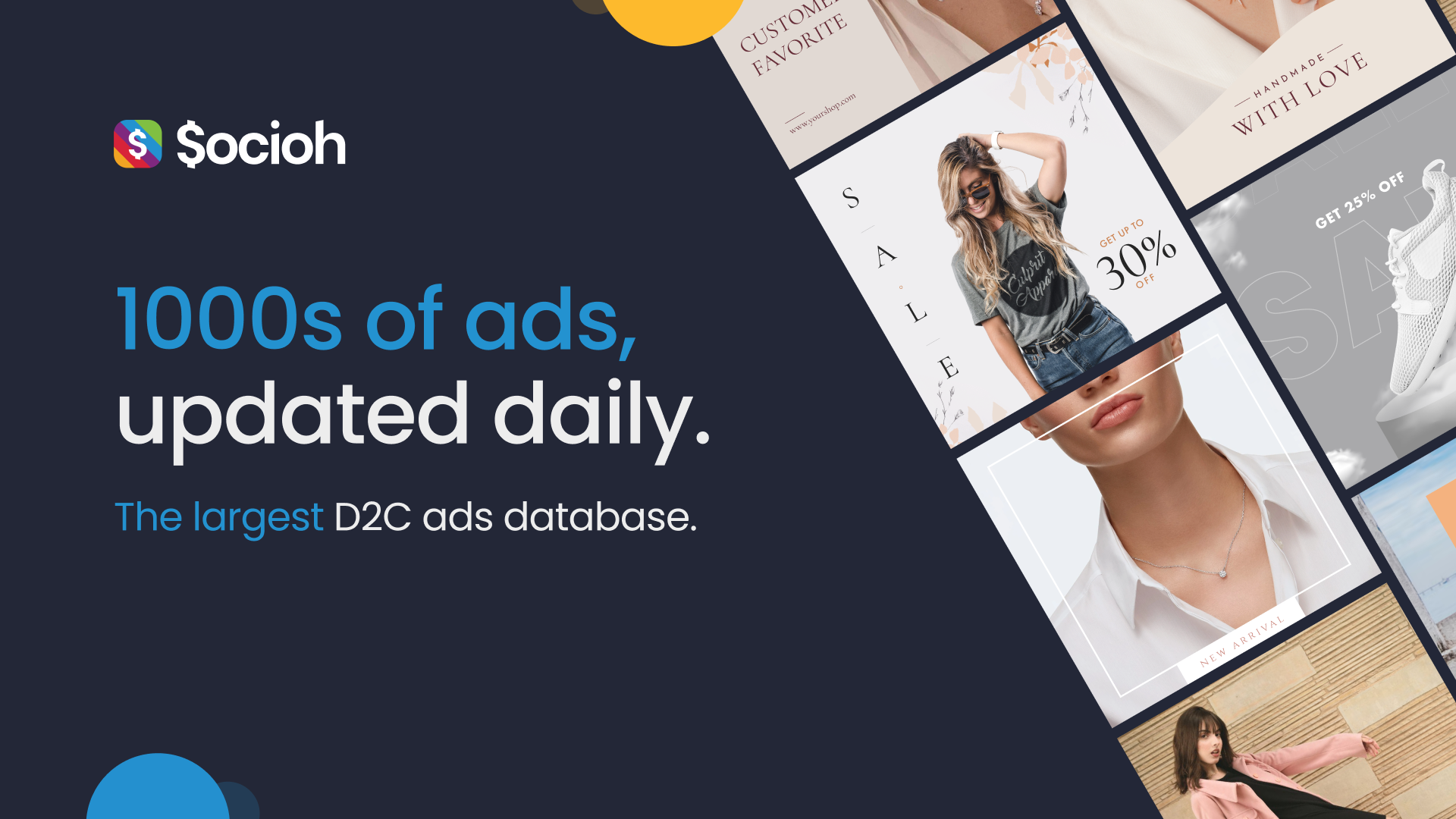
(Hint – It’s all in the Intent)
You’ve probably heard a lot about the damage that iOS 14 has done to social media companies, their ability to target ads to potential buyers, and to accurately report on ad performance.
And yet, outside of a handful of pro-marketers, nobody fully understands exactly what is going on. That ends today.
What Data is lost?
There are 2 main pieces of data that Meta (and every other social network) has lost post-iOS14:
1. User Identity: When a buyer visits your store, their level of engagement (which products they viewed, how many variations they explored, or what they carted) can predict their probability of purchasing from your brand.
With iOS14, Meta lost the ability to track user identity. So now, if a shopper visits your store, Meta is no longer able to link their behavior on your site to their Facebook or Instagram profile.
This means that Meta has a lot less information about a shopper’s level of interest or probability of purchasing from your store. And so, it can’t effectively target potential customers with relevant ads.
Now, you’d think this was bad enough. We hate to be the ones to tell you this, but it gets worse.The inability to track user identity actually leads to an even bigger issue when viewed broadly — the inability to determine purchase intent.
2. Purchase Intent: We can safely assume that every D2C eCommerce store (with the exception of very large companies like Amazon) has the Facebook Pixel installed on their website. Most social media users are also logged into Facebook or Instagram at all times and across devices.
Before iOS14, Meta collected every piece of data about every buyer’s behavior on every eCommerce site. They knew exactly who was in market to buy, every product they viewed or carted, and every product they were considering purchasing at any given time.
Notice how many times we use ‘every’. This deep data collection allowed Facebook to use AI to predict:
- Who was ‘in-market’ and for what product
- The approximate time-frame of their purchase
- The price-range of their purchase
- The products were they most likely to buy (based on their brand affinity, browning history)
This was before Apple decided it wanted in on the action, who cares how it affects businesses!

Post iOS-14, Meta’s ability to track user behavior across multiple sites and trace a very detailed targeting profile (24 karat marketing gold!) is significantly diminished.
It has lost the signals it needs for its algorithms to predict purchase intent accurately.
Facebook no longer knows a shopper’s purchase intent, what products they’re about to buy, or the expected time frame of the purchase. This means it can’t target its ads as effectively anymore.
What’s next?
The damage isn’t just limited to targeting. Attribution is another casualty of iOS14 — a topic for another post.
Facebook is working on alternative solutions to get back the lost signals and improve their predictions using the limited data available.
One such initiative is to move more commerce inside of their apps (using Facebook shops, catalog-based product tagging, etc.). I’m cautiously optimistic and there are some early signs of improvements.
In the short term, these are tough times for many small businesses who don’t have huge budgets or strong margins. Our only suggestion is to work with better data and focus on the creative.
If you’re running prospecting ads, test a combination of broad campaigns (DABA and ASC). Some brands are still running interest-based campaigns successfully.
As for retargeting, these campaigns are on their way out, unless you have very heavy traffic or are part of a very small number of brands who have legacy campaigns that are still performing.
Have you had to adjust your ads? What strategies are you testing in your campaigns?
Socioh is a digital advertising platform for eCommerce brands. Our Branded Catalog is the industry leader in dynamic catalog advertising and product feeds.




